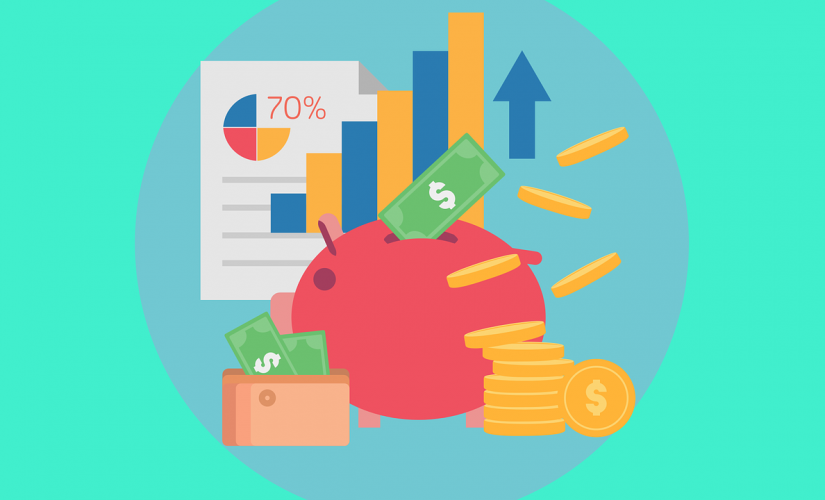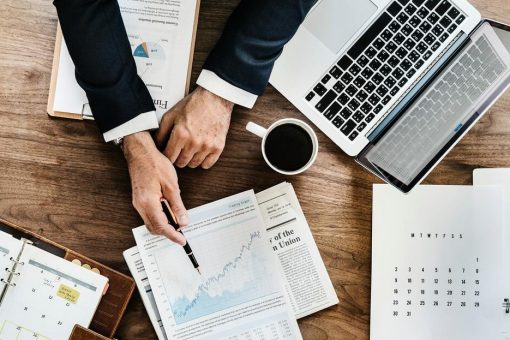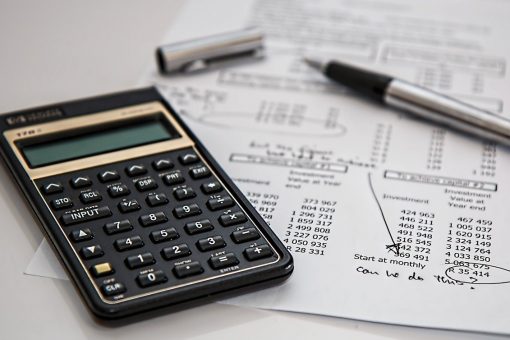Contingent liabilities are unfavorable possibilities that can occur in a company in the future. They’re not guaranteed to happen but, they could. Some of the more common liabilities include lawsuits, product recalls, government investigations and guarantors. But when you know how to read between the lines of a company’s accounting you are in a better position to make more informed choices when it comes to your investments. And although it is true that every contingent liability will not materialize, they must be thoroughly considered if you are trying to make the most out of your investing.
1. Know Before You Go
Since contingent liabilities have the ability to decrease a company’s profit, you as an investor will be able to better decide what stock shares you want to buy. If a company’s share prices go down you will need to examine why and decide whether or not they are going to positively impact your portfolio. The nature of contingent liabilities is always uncertain and can shift very quickly, so you have to stay on your toes. A company with steady and positive cash flow isn’t usually as affected by contingent liabilities as those that are less established and already floundering. Also keep in mind that the longer it takes for a contingent liability to be settled, the chance that it becomes an actual liability decreases.
2. Grade the Liability
Contingent liabilities can be categorized in three ways, high, medium and low probability. Knowing which category a liability falls under can help inform your investment decision making. High probability contingencies have a more than 50% chance that the liability will arise. It also means that there’s a good chance that the expense of the liability can be estimated fairly accurately. A medium probability contingency ticks only one of the boxes for a high probability liability. And a low probability contingency means that any expenses that arise due to the liability will be minimal.
3. Deciphering a Balance Sheet
When a company is public, they must follow Generally Accepted Accounting Principles (GAAP). Although this is mandated by the government, many companies will still try to get creative with their books in order to keep investors investing in their business. Knowing how to spot redressed contingent liabilities in creative balance sheets and income statements can save you a lot of trouble in the long run. Remember, it is legal for companies to put a positive spin on their finances in certain instances. Companies will overvalue their assets, accelerate revenue and overstate inventory to the detriment of an investor in order to make their liabilities appear less material. Carefully reading a company’s footnotes can give you greater insight into the true nature of its contingent liabilities.
Now that you know why it is so important to know your contingent liabilities, you can put them into consideration in a more useful way. If you’re still not sure how to move forward with investing with contingent liabilities, reach out to an experienced financial advisor to help you make better sense of things.




